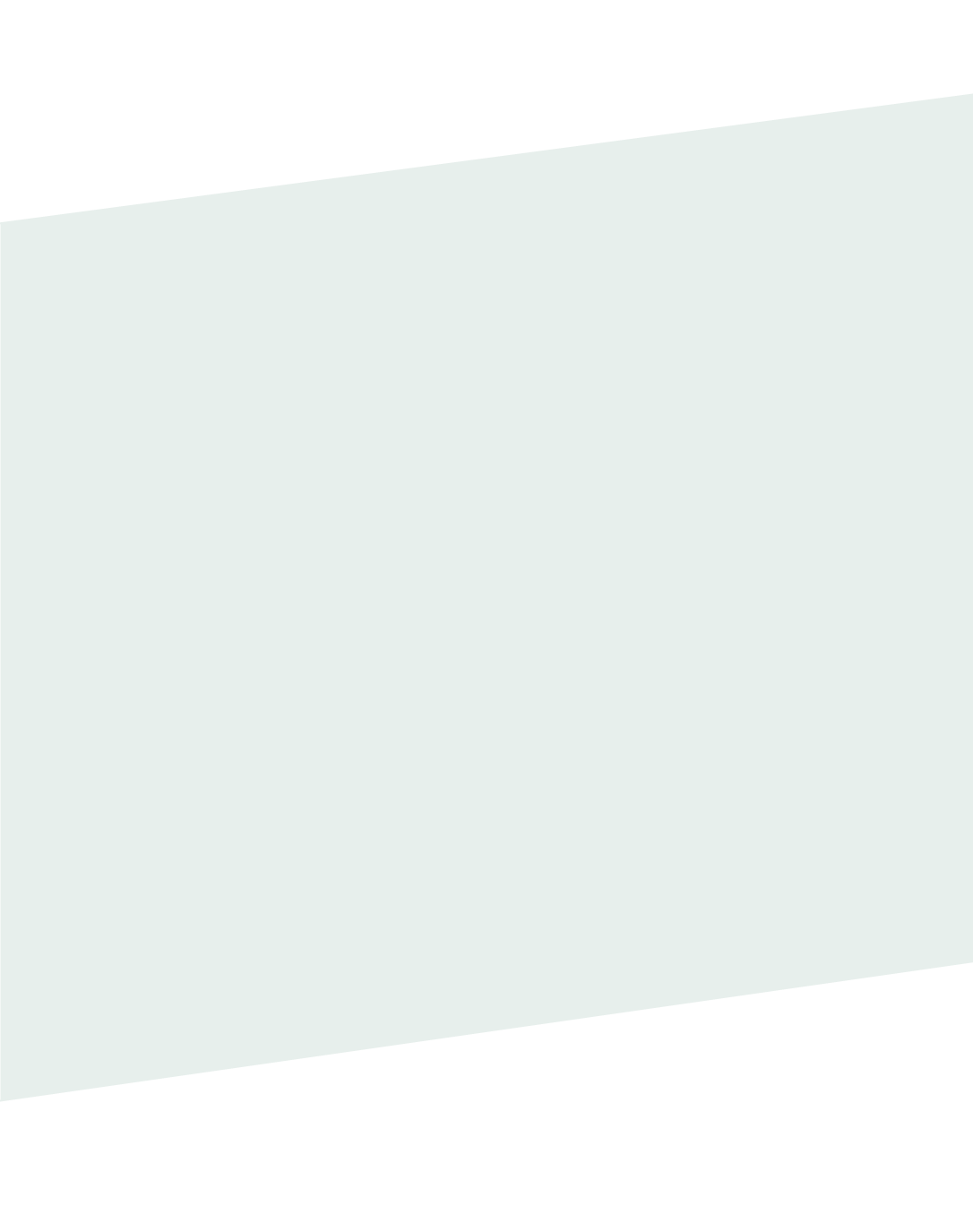
[ 2 1 s t c e n t u r y s k i l l s l i b r a r y ]
32
babies, 21–23
body, 10–15
camouflage, 10–11, 13
eating, 15, 18, 24–26
eggs, 20–22
fashion, 26, 28–29
food, 16, 23
habitat, 6, 13
humans, 26–29
hunting, 4, 5, 8, 22–23
jaws, 16–19
life cycle, 20–23
mouth, 8
muscles, 9, 15, 16–19, 22
prey, 7–9, 17, 18
size, 13–14
skin, 10, 11, 13, 23, 26,
28–29
teeth, 8, 9, 18, 22
threats, 24–29
tongue, 4, 7
INDEX
GLOSSARY
camouflage (KAM-uh-flahzh)
a skin pattern that alters an animal’s appearance,
making it harder to be seen
captivity (kap-TIV-i-tee)
the state of being held, as in a zoo
diameter (dye-AM-ih-tur)
a straight line through the center of a circle connecting
opposite sides
digest (di-JEST)
to break down food in the digestive system
disruptive (dis-RUHP-tiv)
disturbing or interrupting something that is happening
flexible (FLEK-suh-buhl)
able to bend or stretch without breaking
hatchlings (HACH-lingz)
young reptiles recently out of their eggs
incubating (ING-kyuh-bate-ing)
sitting on or keeping eggs warm until they hatch
lethal (LEE-thuhl)
deadly or fatal
ligaments (LIG-uh-munts)
stretchy tissues that connect muscles to bones
suffocates (SUHF-uh-kates)
dies after being prevented from taking a breath
vulnerable (VUHL-nur-uh-buhl)
capable of being wounded or hurt


